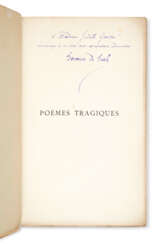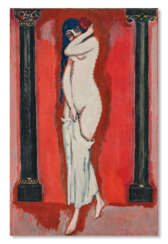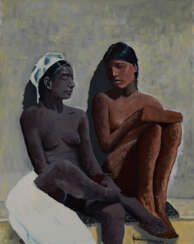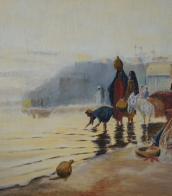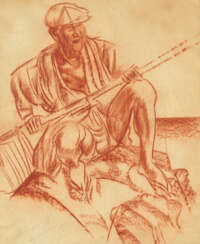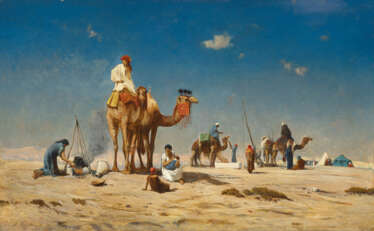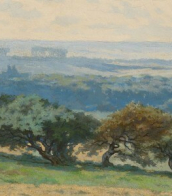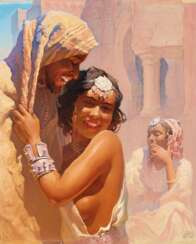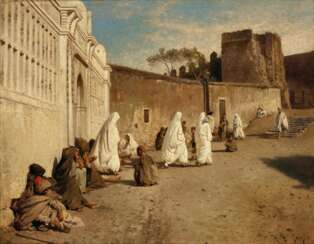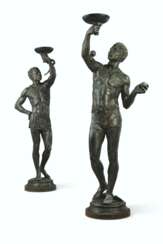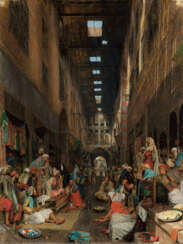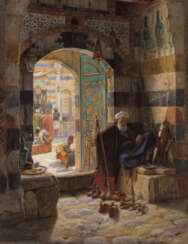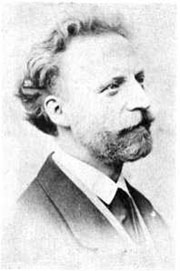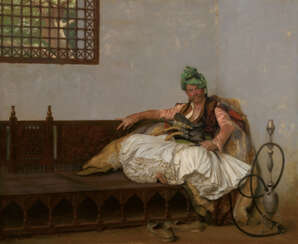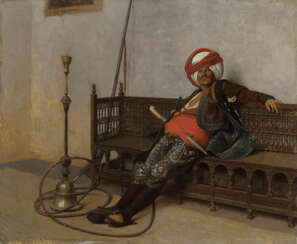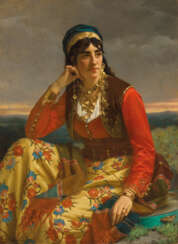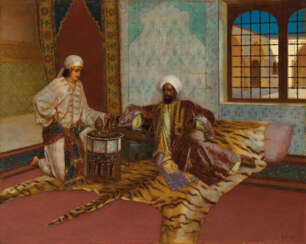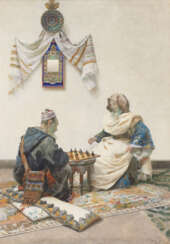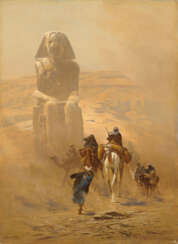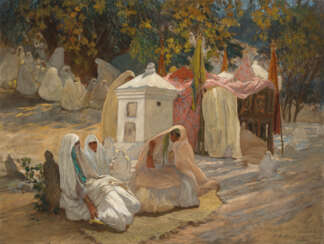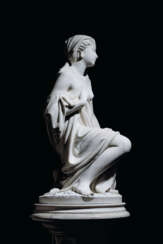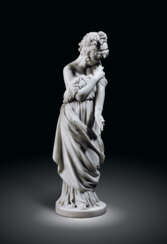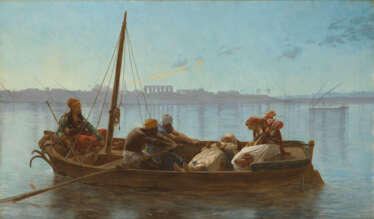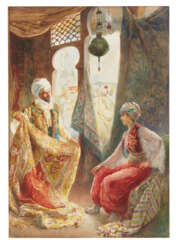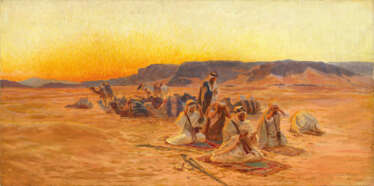orientalisme
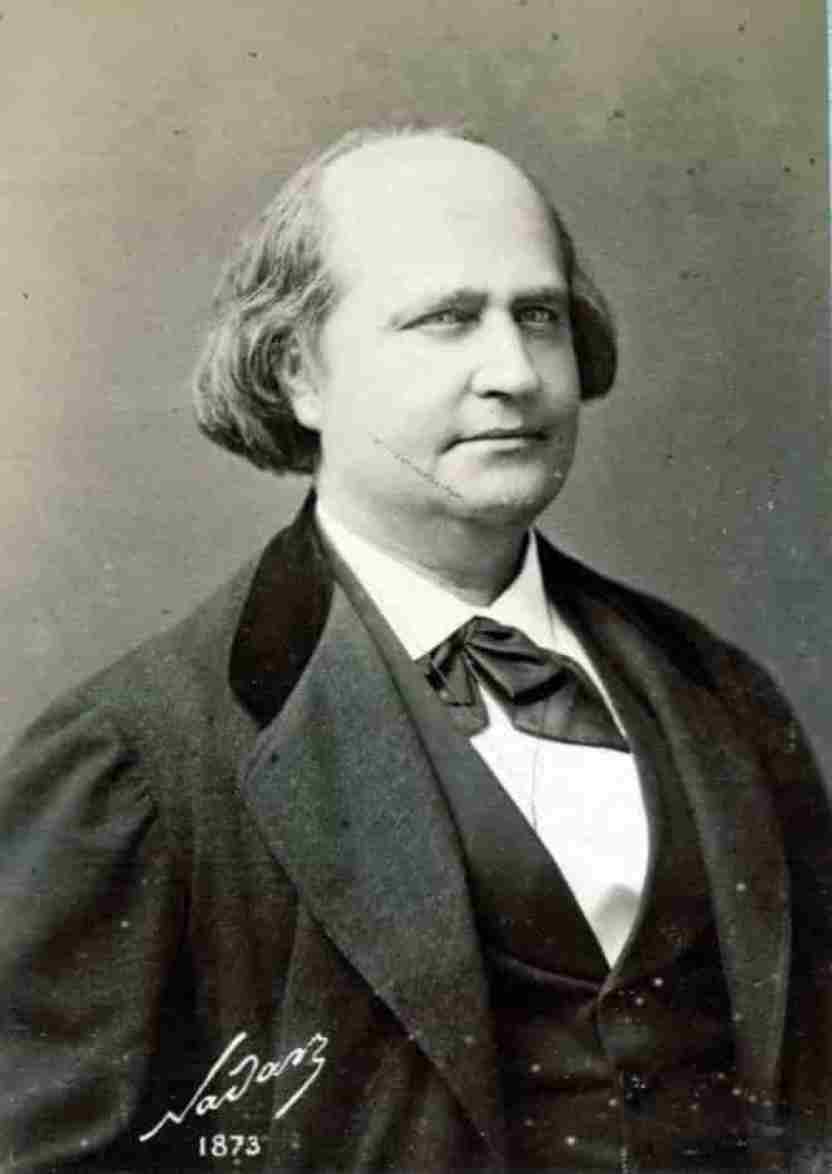
Charles Leconte de Lisle, full name Charles Marie René Leconte de Lisle, was a French poet and politician, head of the Parnassus poetic movement.
He was a member of the Revolution of 1848 and initiator of the law on the abolition of slavery in the colonies. As a poet, he was highly regarded by his contemporaries, including Victor Hugo. Leconte de Lisle's poems are characterized by a clear, sculptural, "objective" form. He translated into French a number of classical Greek works.
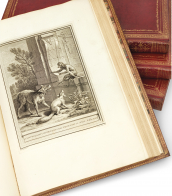
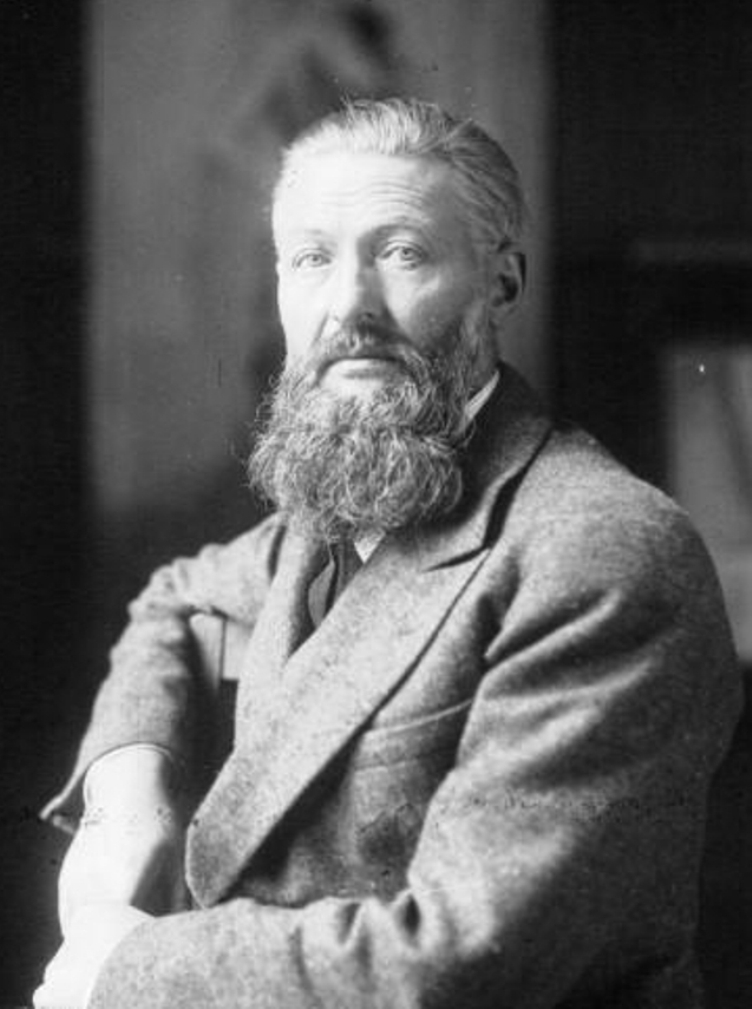
Kees van Dongen was a Dutch-French painter renowned for his vivid and expressive works that placed him at the forefront of the Fauvist movement. Born in 1877 in Delfshaven, Netherlands, van Dongen's journey into the art world began with his education at the Akademie voor Beeldende Kunsten in Rotterdam. His move to Paris in 1897 marked a pivotal moment in his career, immersing him in the bustling avant-garde scene and connecting him with influential circles, including Pablo Picasso and the Fauves. Van Dongen's art, characterized by its striking use of color and bold brushwork, captured the essence of his subjects with a unique blend of realism and abstraction.
Van Dongen's work evolved significantly over time, initially influenced by the dark tones of his Dutch heritage and the works of Rembrandt. His encounter with Fauvism around 1906 brought a dramatic shift towards brighter, more vibrant colors, marking his most iconic phase. His ability to capture the sensuousness and personality of his subjects made him a sought-after portraitist among the French bourgeoisie and celebrities of his time. Notable works include "Femme aux bas noirs" (Woman with Black Stockings), "Les lutteuses" (Lutteuses du Tabarin), and "The Dancer Anita," showcasing his fascination with the human figure, particularly sensuous depictions of women.
Beyond his remarkable contributions to Fauvism, van Dongen's ventures into illustration and his role as a society portraitist underscore his diverse talents and adaptability to the changing tastes of the art market. His works are celebrated in major collections worldwide, including the Hermitage Museum and the National Gallery of Denmark, affirming his lasting impact on the art world.
Collectors and art experts continue to appreciate van Dongen's work for its bold experimentation with color, form, and the evocative portrayal of his subjects. His legacy lives on as a testament to the vibrancy and dynamism of early 20th-century modern art.
For those keen to explore van Dongen's captivating works further and stay informed about new discoveries, exhibitions, and auction events related to his art, signing up for updates is a must. This ensures direct access to the latest sales and scholarly insights into the painter's rich oeuvre, a valuable resource for collectors and enthusiasts alike.

Aleksandr Evgenevich Iakovlev (Russian: Александр Евгеньевич Яковлев), a Russian painter, graphic artist, and designer, left an indelible mark on the world of art with his unique blend of classical and orientalist styles. Born in Saint Petersburg, Russia, in 1887, Iakovlev was part of the vibrant Russian artistic community that contributed significantly to the neo-classical and orientalist movements. His extensive travels across Mongolia, China, Japan, Africa, Syria, Iran, and Afghanistan enriched his art, leading to a prolific output of portraits, landscapes, still lifes, and figure compositions that combined elements of Italian Renaissance with Russian Primitivism.
Iakovlev's early involvement with the Mir Iskusstva exhibition in 1915 showcased his talent but also highlighted the mixed reactions from critics and the Academy of Arts, signaling his departure from traditional academic confines. His scholarship to study in the Far East and subsequent travels profoundly influenced his work, as seen in his orientalist paintings and ethnographic drawings. This period of exploration culminated in his significant contributions as an official artist on the Citroën expeditions across Central Africa and Asia, where he captured the essence of the diverse cultures he encountered.
His works, such as "Three Women in a Box at the Theatre" and his participation in designing the Prival Komediantov artistic cabaret, exemplify his mastery of merging traditional subjects with a modernist touch. Serving as the Director of the Painting Department at the School of the Museum of Fine Arts, Boston, between 1934 and 1937, Iakovlev influenced the art scene beyond the Russian borders before his death in Paris in 1938.
Iakovlev's legacy is preserved in museums and galleries worldwide, celebrating his contributions to bridging cultures through art. His ability to document his travels and experiences in such a vivid and artistic manner has left a lasting impact on the appreciation of cultural diversity in the art world.
For collectors and experts in art and antiques, Aleksandr Evgenevich Iakovlev's works represent a convergence of classical artistry and exploratory zeal, making them highly sought after. His pieces not only capture the beauty of the subjects he portrayed but also serve as a window into the cultures and landscapes that inspired him.
For updates on exhibitions and auction events featuring Aleksandr Evgenevich Iakovlev's works, sign up to stay informed about new discoveries and opportunities to add to your collection.
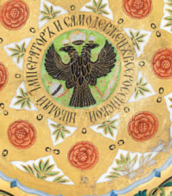
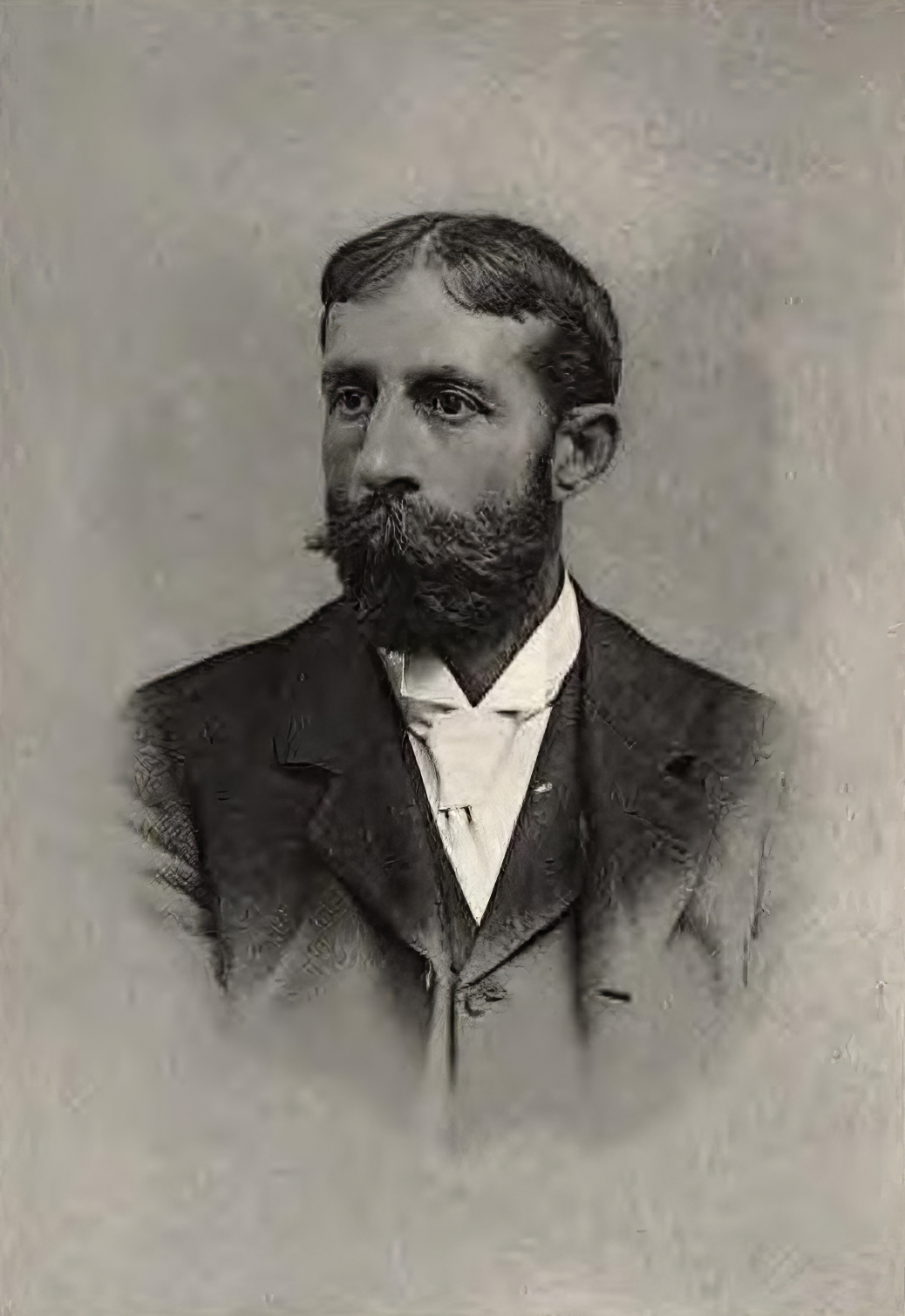
Edwin Lord Weekes was an American artist, noted for his Orientalist works.
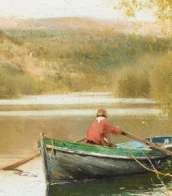
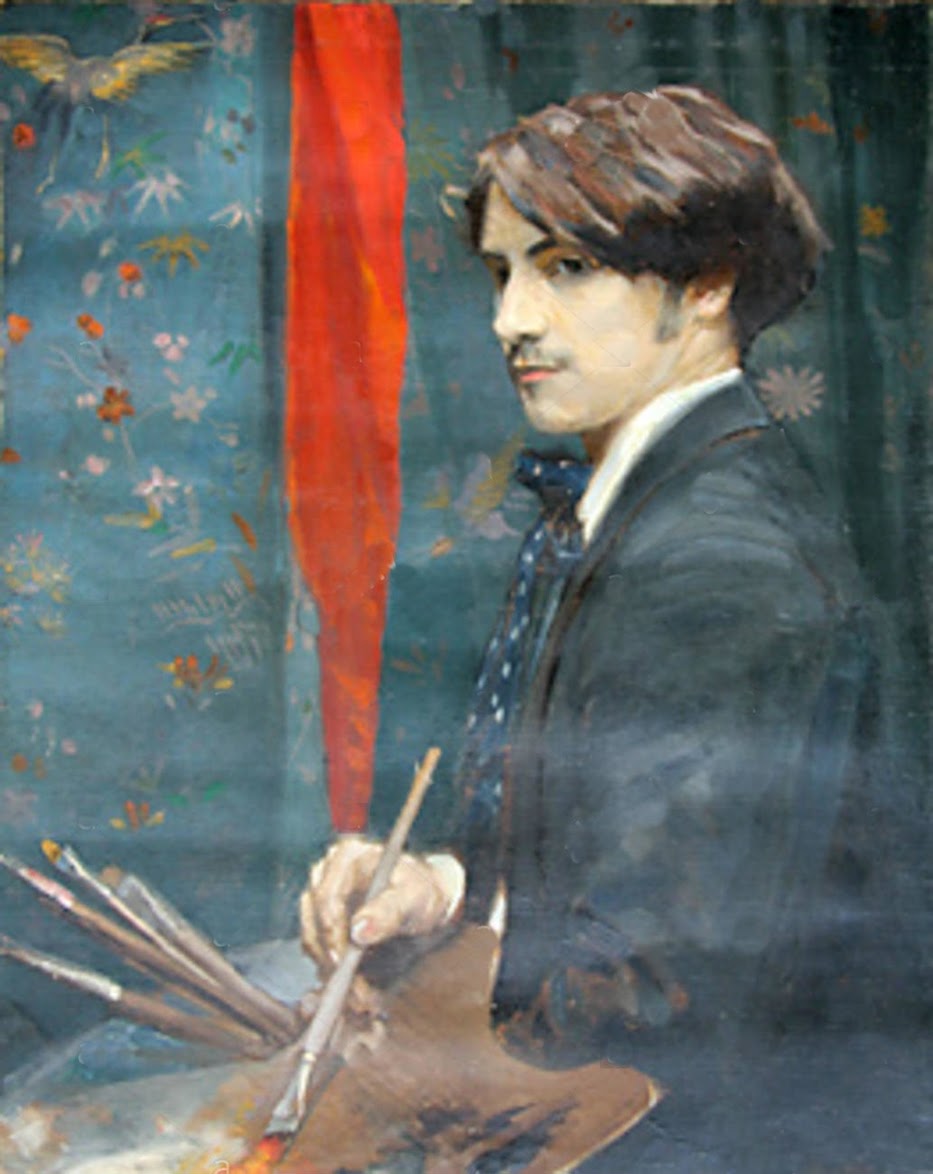
Adam Styka is a French orientalist painter of Polish origin.
Adam Styka, son of the painter Jan Styka, was educated at the French Academy of Fine Arts and, after serving in the French army, became a French citizen. As a result of his annual travels through the French colonies in North Africa, Adam developed an entire genre of Middle Eastern, Oriental and particularly Moroccan subjects. Styka had a talent for conveying the vivid colors and atmosphere of the hot Sahara desert, the moods and life of the people living there. After moving to the United States, Adam Styka began to paint landscapes of the American Wild West and paintings on religious subjects.
Styka often exhibited his paintings in the most prestigious Parisian galleries such as Salon de Paris, Champs Des Elysees and other galleries in Europe and both Americas, where he was always honored with the highest awards.

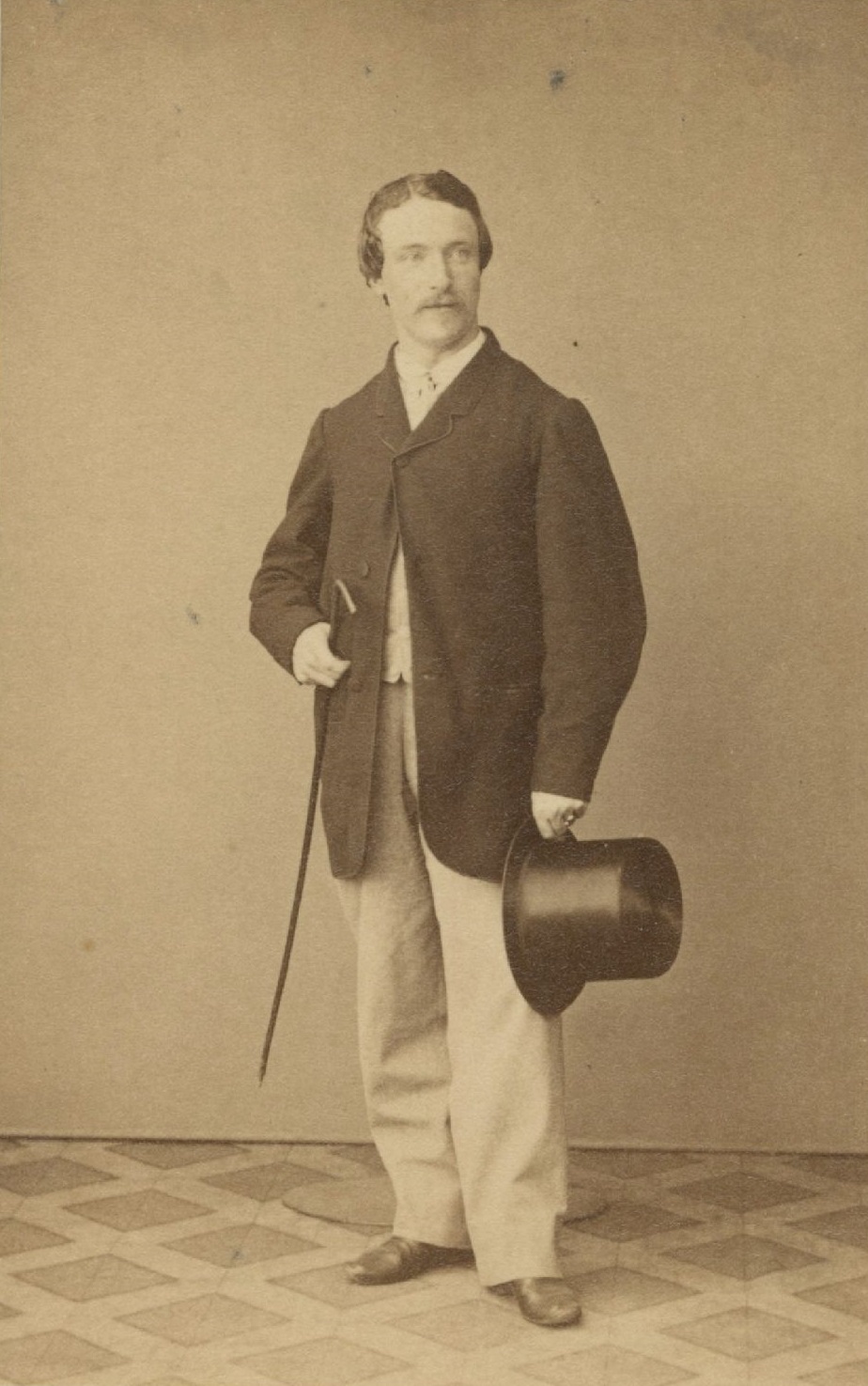
Hermann Ottomar Herzog was a German-born American landscape painter. He represented the Dusseldorf School of painting and was a member of the Hudson River School. He quickly achieved commercial success and began to earn good money, which allowed him to travel a great deal.
Herman Herzog settled in the United States at the end of the 1860s. He devoted a considerable part of his work to his journey through the western states to California in 1873. He also frequently visited and worked in Maine and Florida.

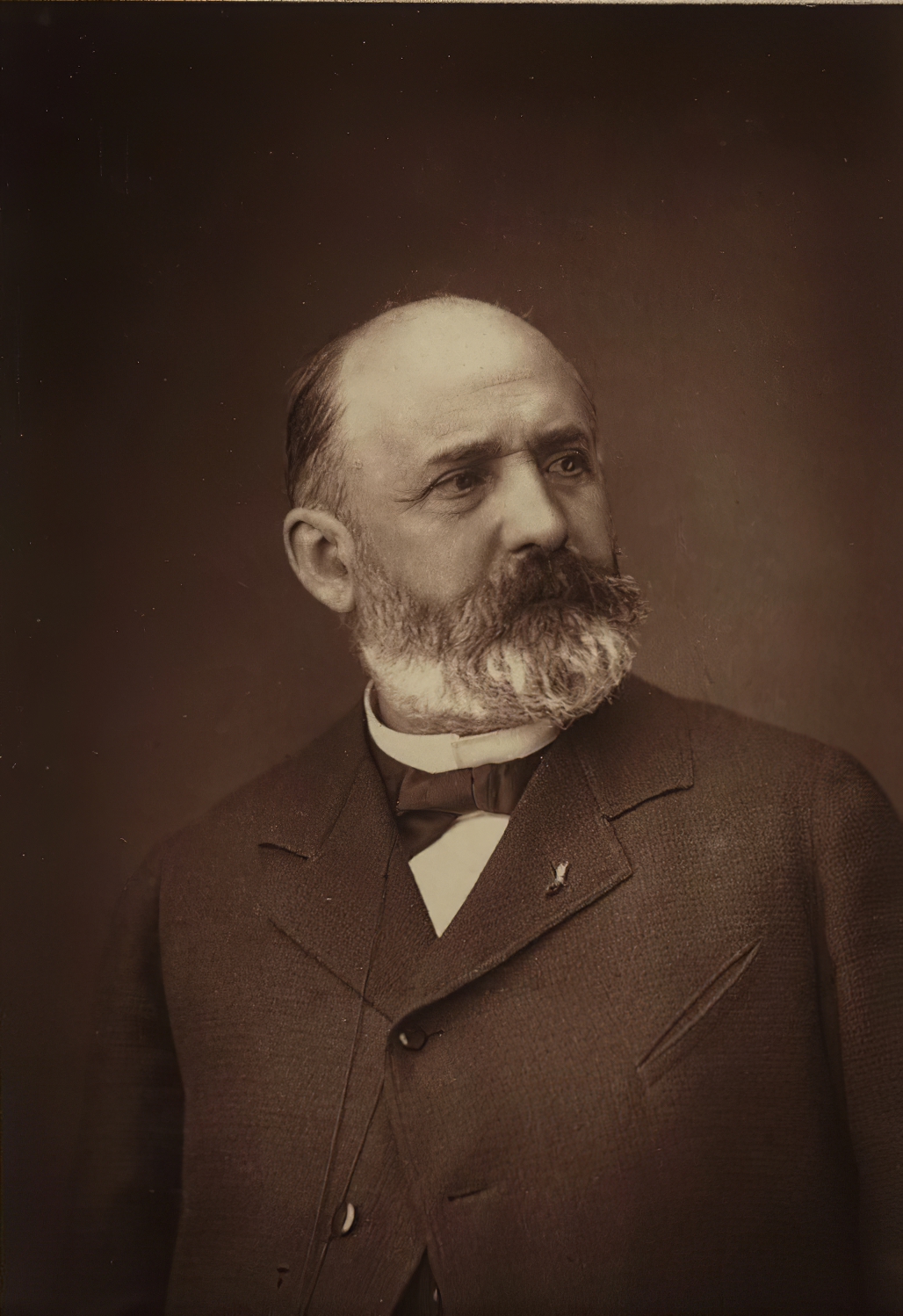
Mathurin Moreau was a distinguished French sculptor, celebrated for his contributions to the academic style of the 19th century. Born into an artistically eminent family in Dijon, France, on 18 November 1822, Moreau honed his craft under the guidance of his father before enrolling at the prestigious École des Beaux-Arts. He emerged on the artistic scene with his first exhibition at the Salon of 1848, and his mastery of sculpture earned him a medal of honor from the Salon in 1897.
Moreau's legacy is enshrined in the beauty of his statuary art. His works, especially the cast iron fountains with patina bronze, are admired in public squares across major cities globally. These pieces exemplify the blend of technical skill and aesthetic vision that defines Moreau's style. His artistry continues to captivate collectors and art aficionados, with his pieces fetching considerable attention at auctions and exhibitions.
As an artist who significantly shaped the visual landscape of his time, Mathurin Moreau's creations are a testament to the enduring allure of classical sculpture. For those with a passion for 19th-century art, Moreau's works offer a timeless elegance that complements any collection. If you wish to delve into the world of M. Moreau's sculptural masterpieces, sign up for our exclusive updates and unearth the magnificence of this sculptural maestro's works.
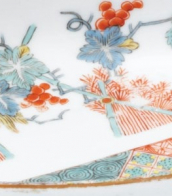
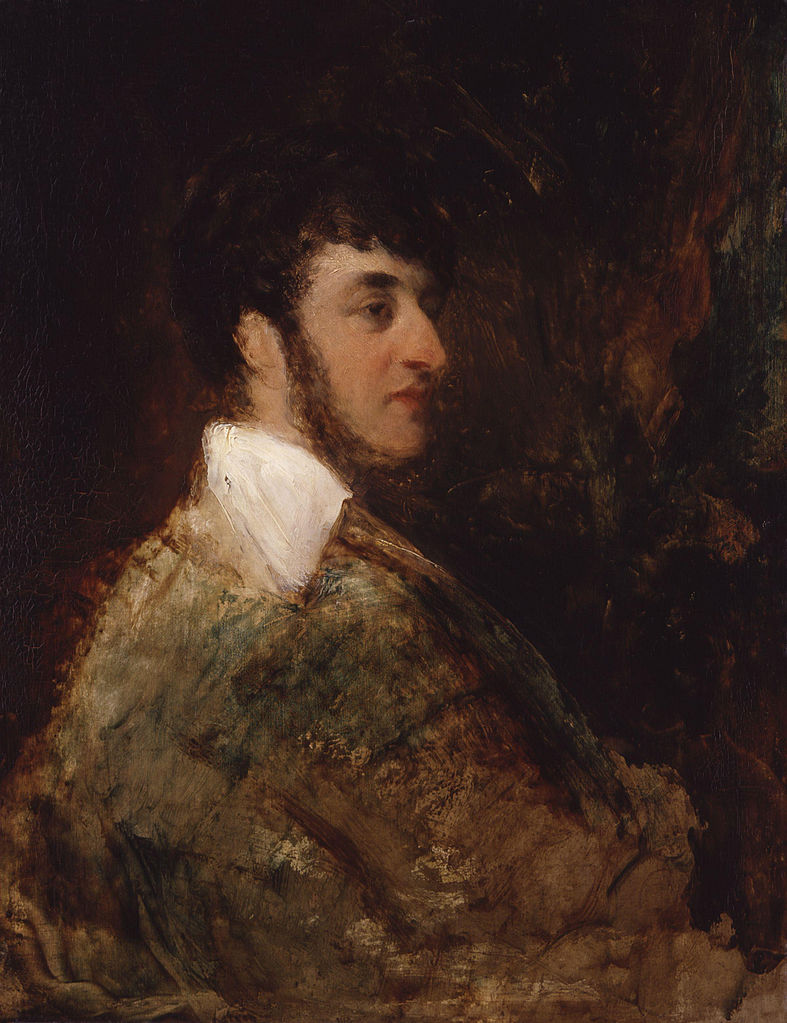
John Frederick Lewis was an English Orientalist painter. He specialized in Oriental and Mediterranean scenes in detailed watercolour or oils, very often repeating the same composition in a version in each medium. He lived for several years in a traditional mansion in Cairo, and after his return to England in 1851 he specialized in highly detailed works showing both realistic genre scenes of Middle Eastern life and more idealized scenes in upper-class Egyptian interiors with little apparent Western influence.
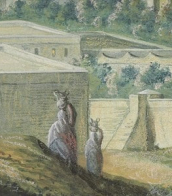
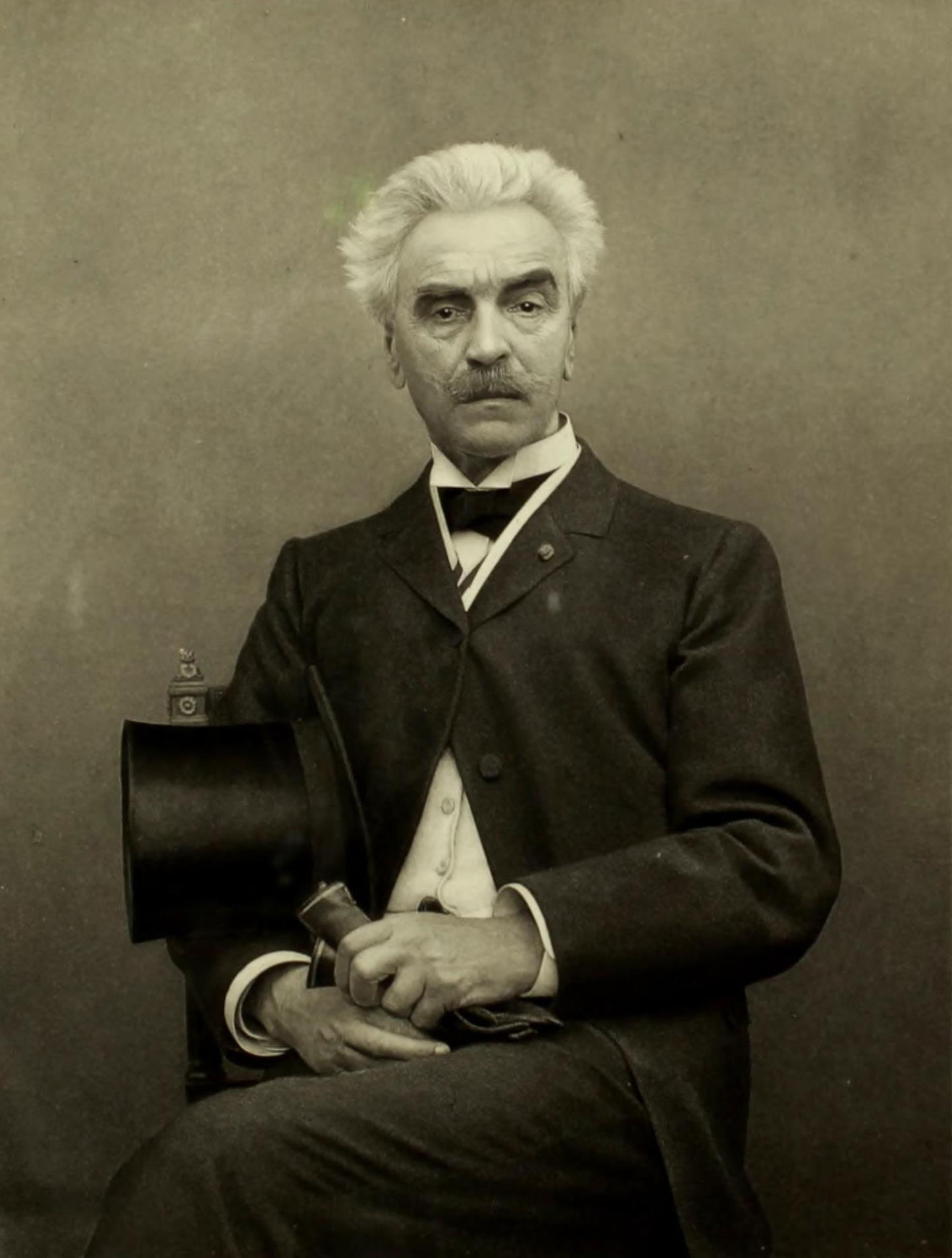
Jean-Léon Gérôme was a prominent 19th-century French painter, a representative of the academic school of painting. His paintings are notable for their impeccable composition and exquisite colour palette.
Jean-Léon Gérôme did not accept the work of the Impressionists, whom he considered to be the ignominy of French art. This has earned him a controversial reputation as a fierce supporter of academism and a persecutor of new movements.


Jean-Léon Gérôme was a prominent 19th-century French painter, a representative of the academic school of painting. His paintings are notable for their impeccable composition and exquisite colour palette.
Jean-Léon Gérôme did not accept the work of the Impressionists, whom he considered to be the ignominy of French art. This has earned him a controversial reputation as a fierce supporter of academism and a persecutor of new movements.

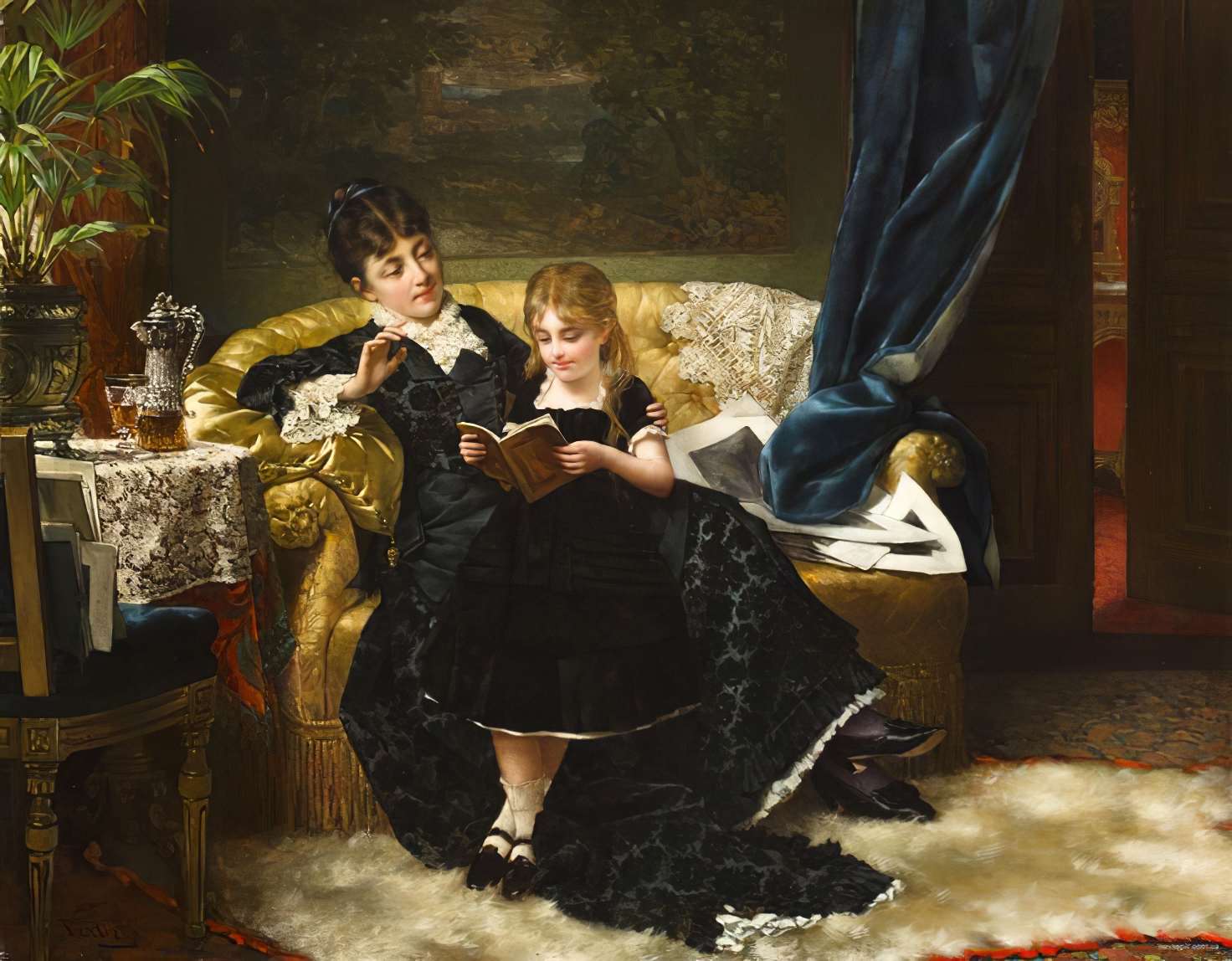
Jan Frederik Pieter Portielje was a Dutch-Belgian painter of genre scenes and portraits; mostly of women.

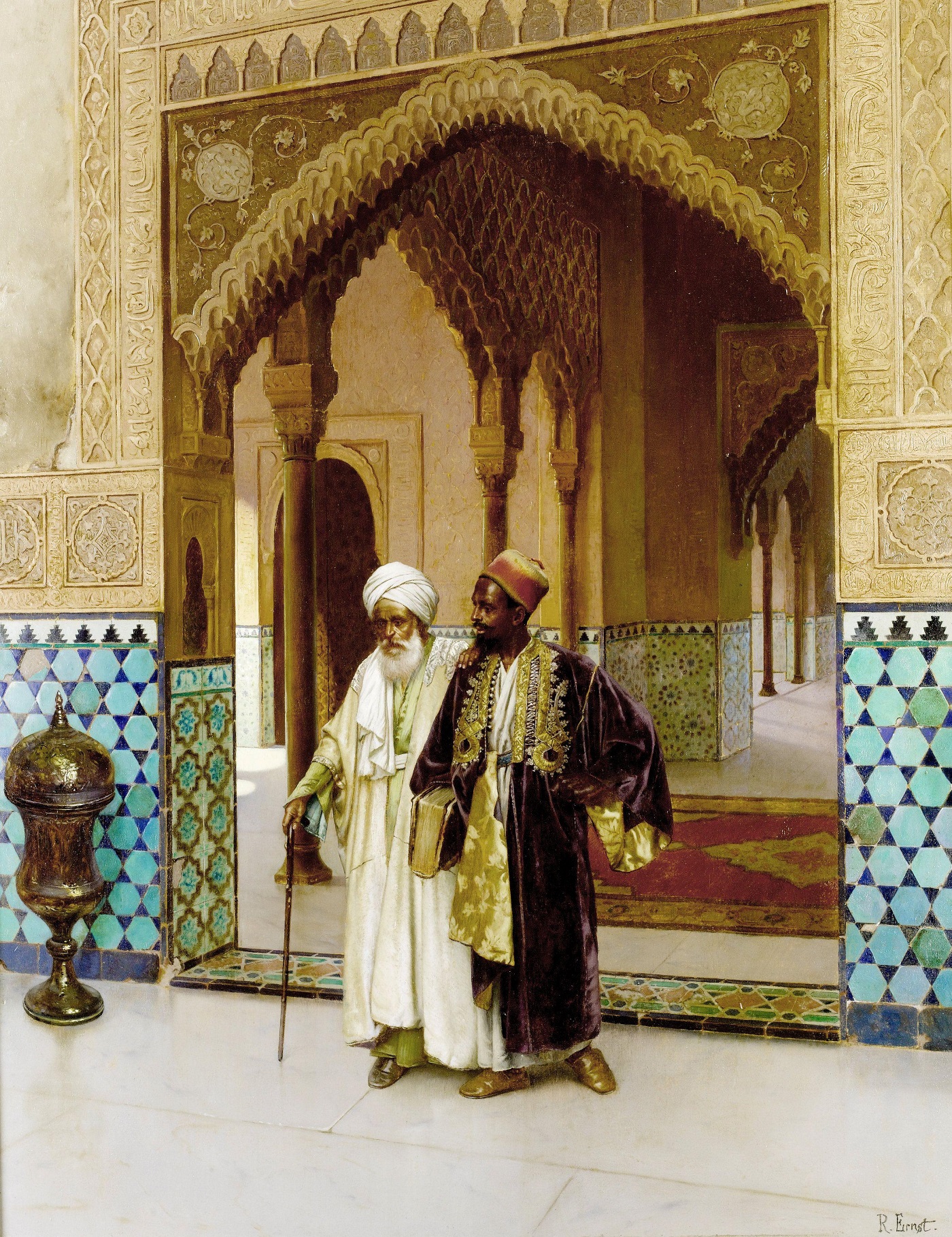
Rudolf Ernst was an Austro-French painter, printmaker and ceramics painter who is best known for his orientalist motifs. He exhibited in Paris under the name «Rodolphe Ernst».

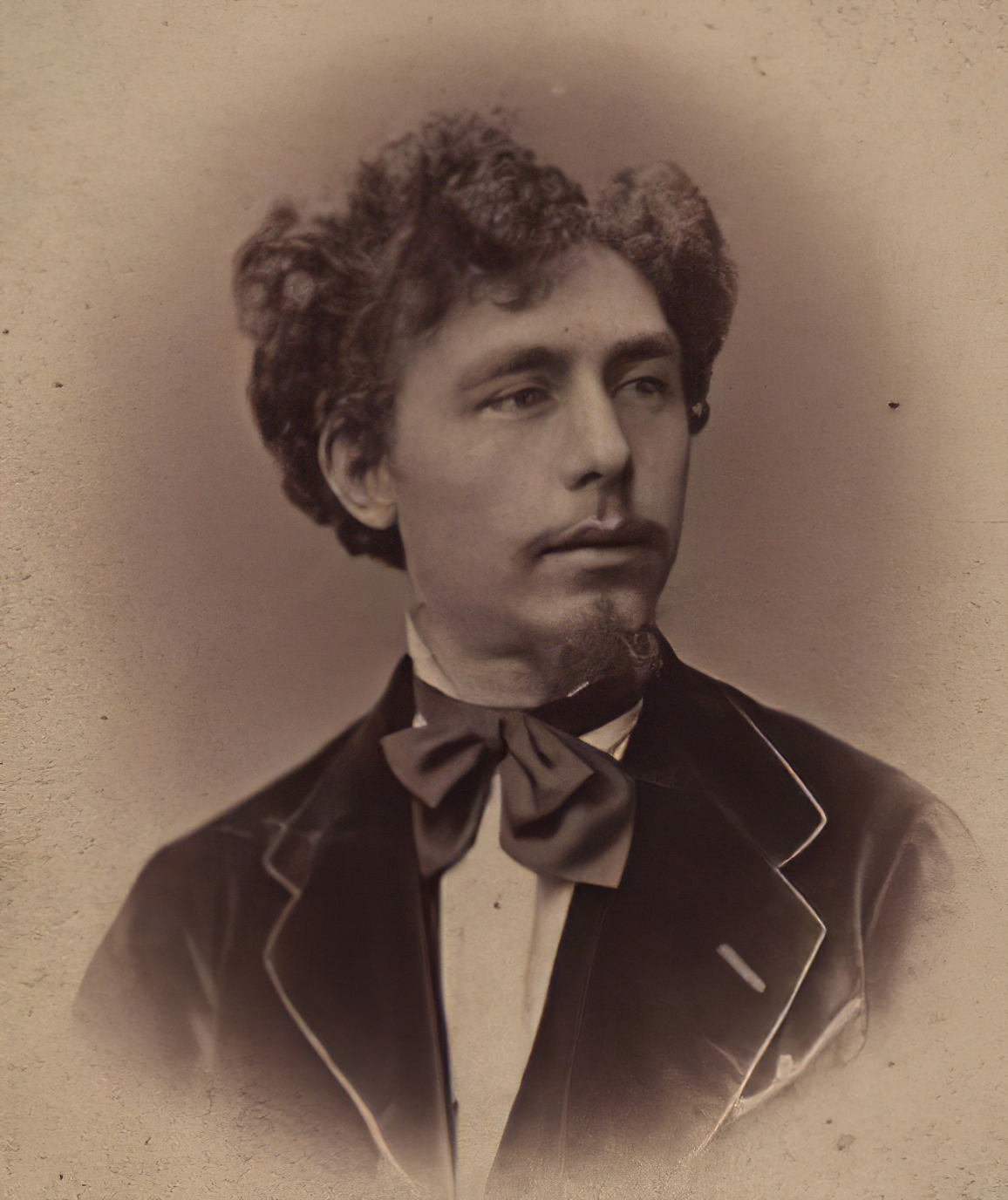
Ludwig Hans Fischer was an Austrian landscape painter, copper engraver, etcher and ethnologist. He was noted for his paintings of Oriental subjects, especially African and Indian women wearing traditional costume.

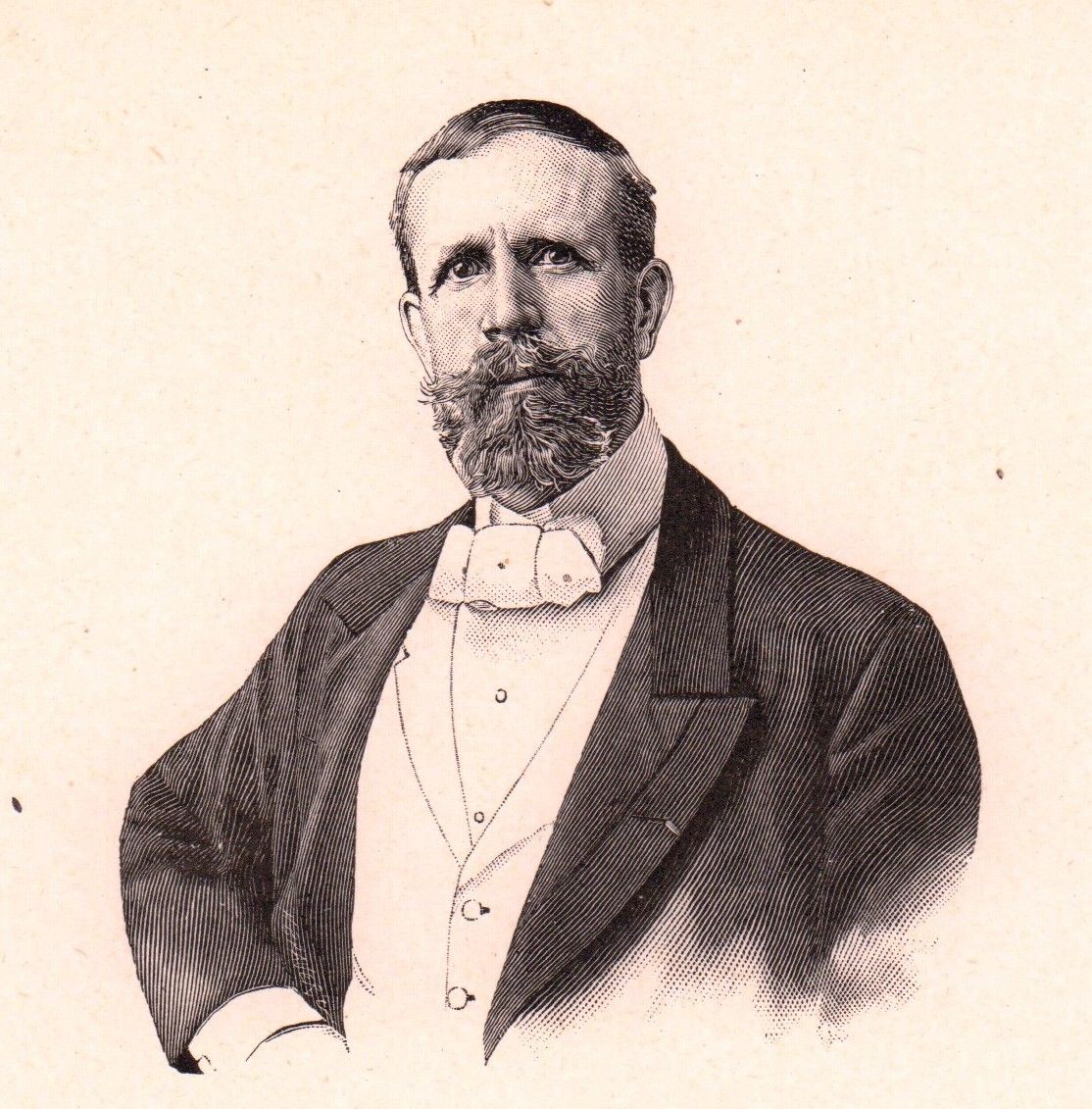
Frederick Arthur Bridgman was an American artist. He was known for his paintings in the Orientalist style.
Frederick Arthur Bridgman studied art at the Brooklyn Art Association and the National Academy of Design in New York. In 1866 he went to Paris to continue his studies at the École des Beaux-Arts. There he worked in the studio of Jean-Léon Gérôme, who at the time was a leading Orientalist painter. Bridgeman painted scenes of everyday life in the area, as well as historical and religious subjects. His paintings were notable for their vivid colours, attention to detail and dramatic compositions.

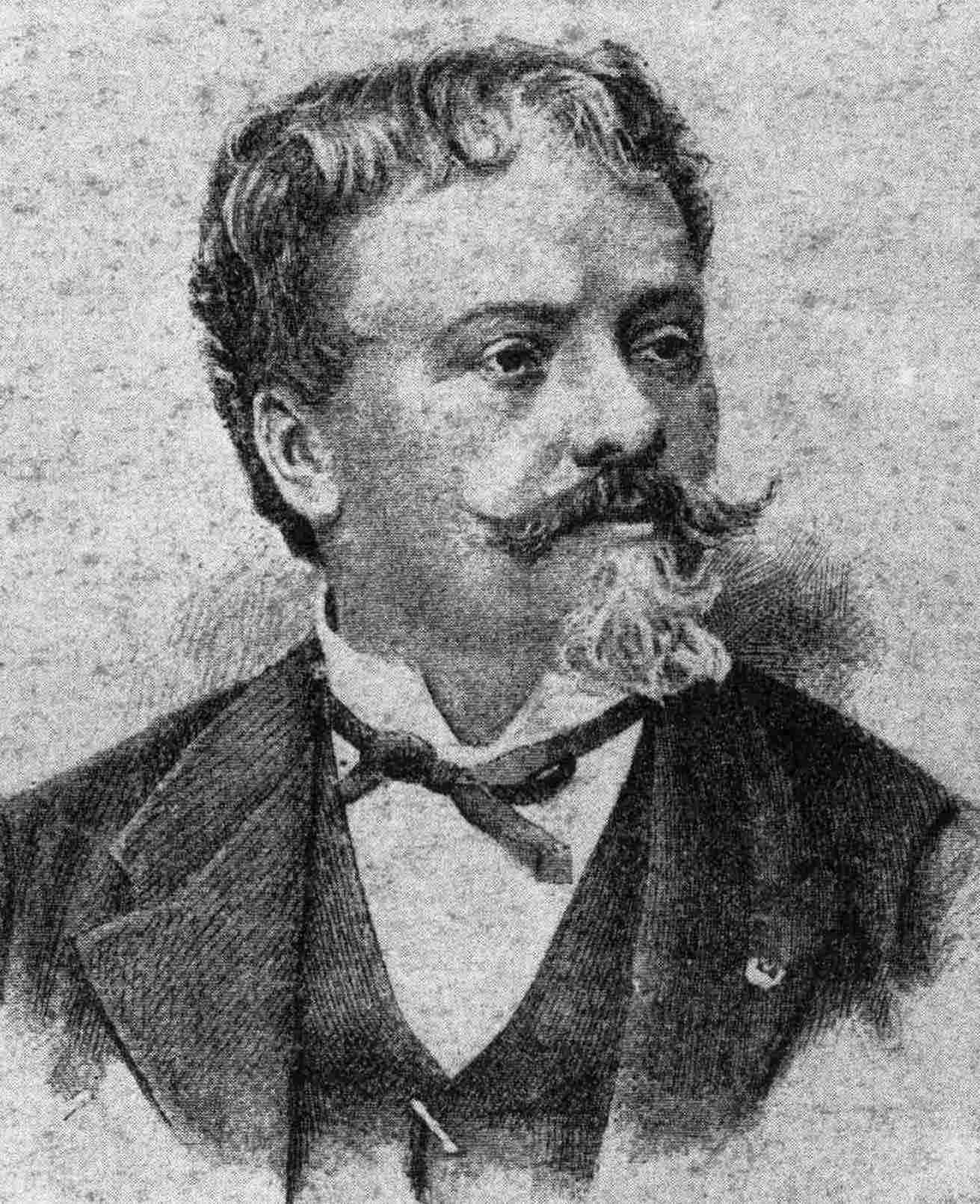
Alberto Pasini was an Italian painter. He is best known for depicting Orientalist subjects in a late-Romantic style.

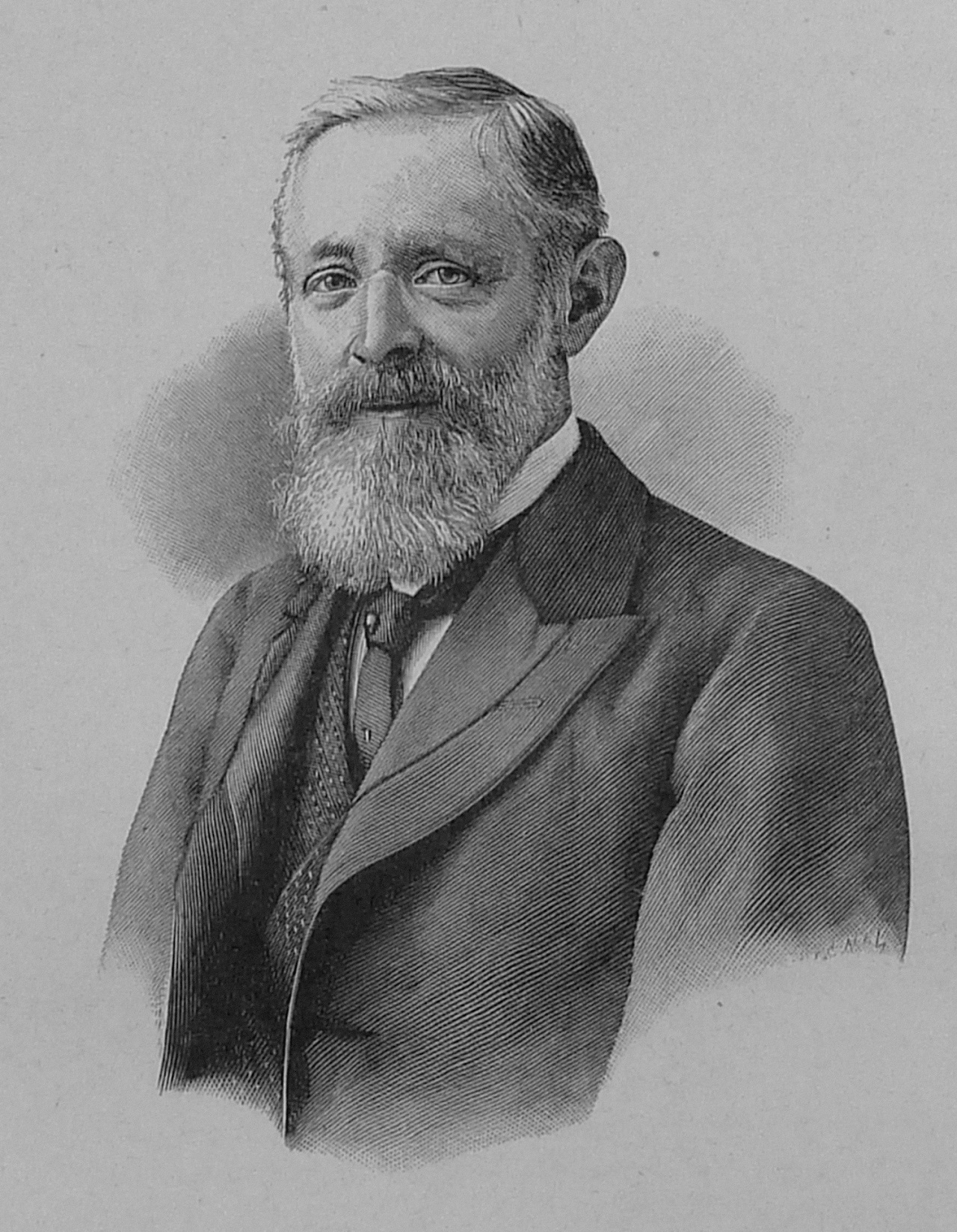
Eugène Girardet was a French Orientalist painter of Swiss ancestry.

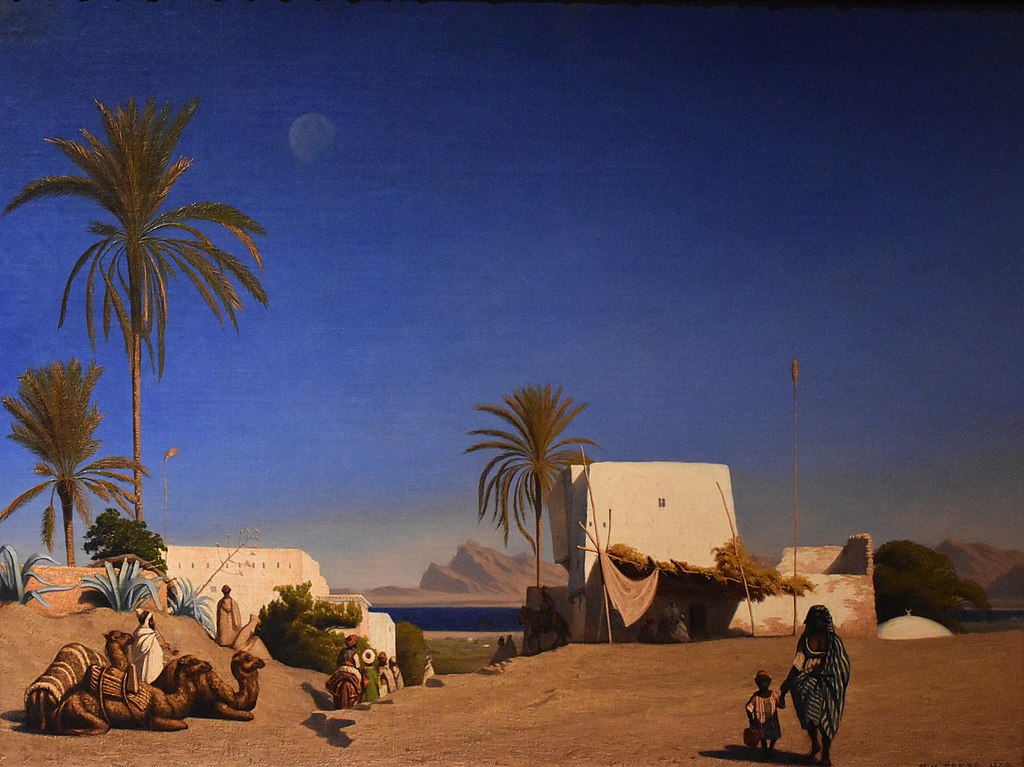
Charles-Théodore Frère was a French Orientalist painter.


Jean-Léon Gérôme was a prominent 19th-century French painter, a representative of the academic school of painting. His paintings are notable for their impeccable composition and exquisite colour palette.
Jean-Léon Gérôme did not accept the work of the Impressionists, whom he considered to be the ignominy of French art. This has earned him a controversial reputation as a fierce supporter of academism and a persecutor of new movements.

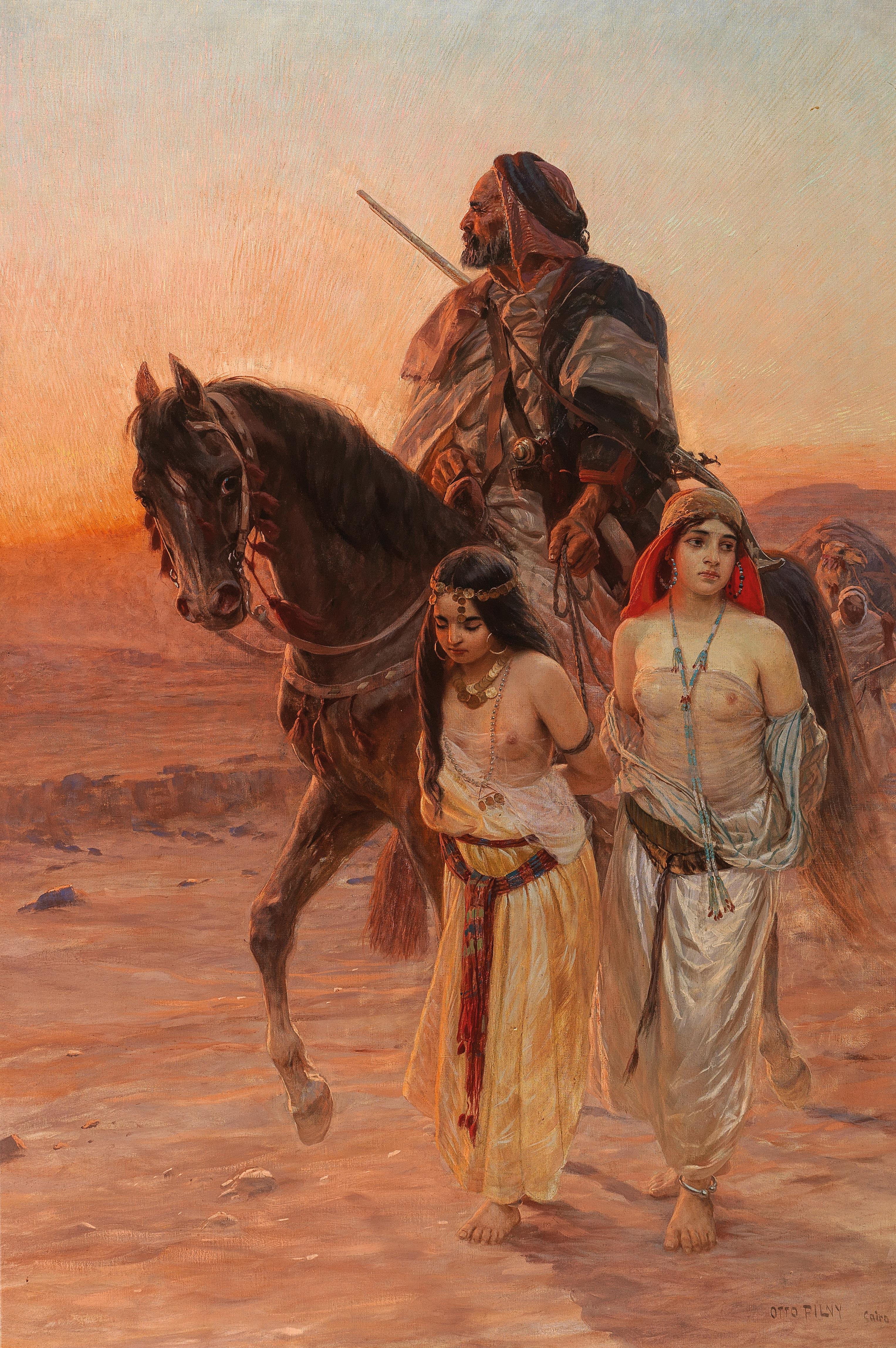
Otto Pilny was a Swiss painter who specialized in Orientalist genre scenes.

